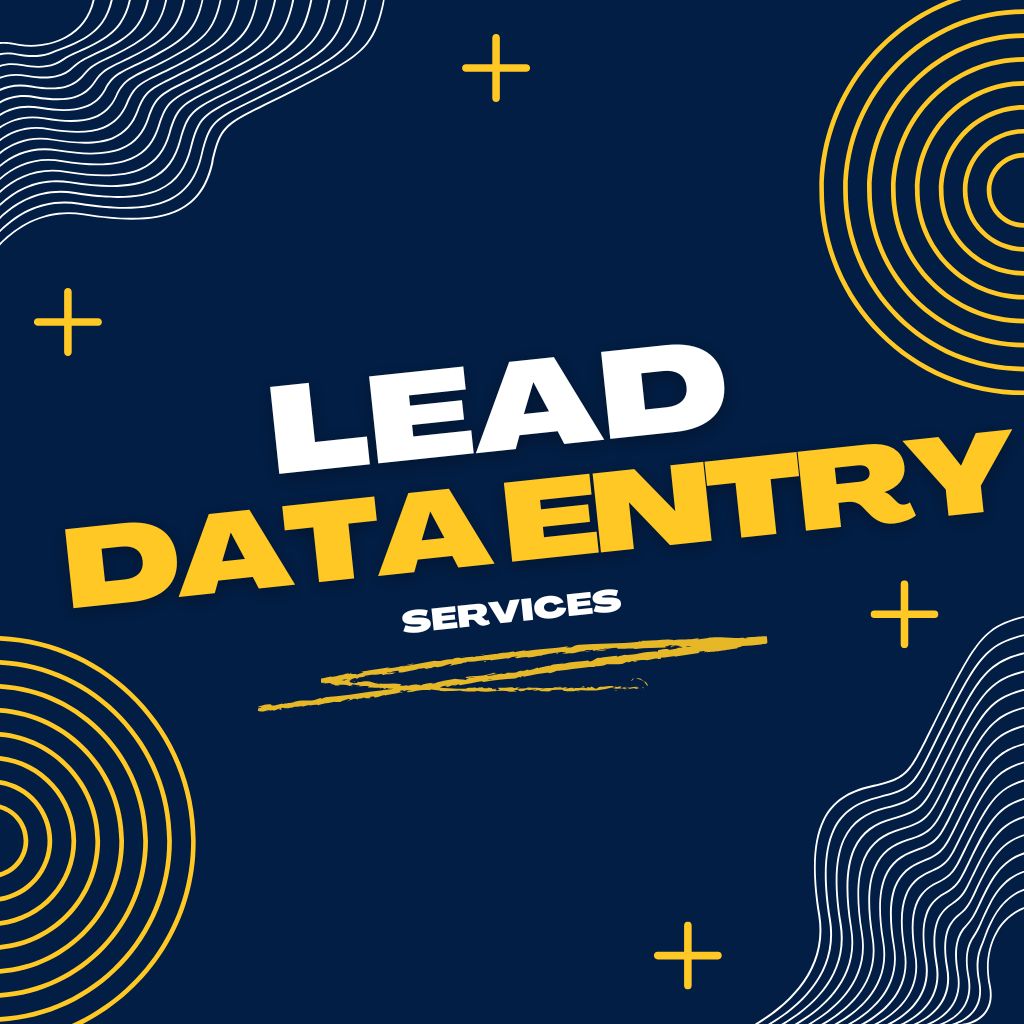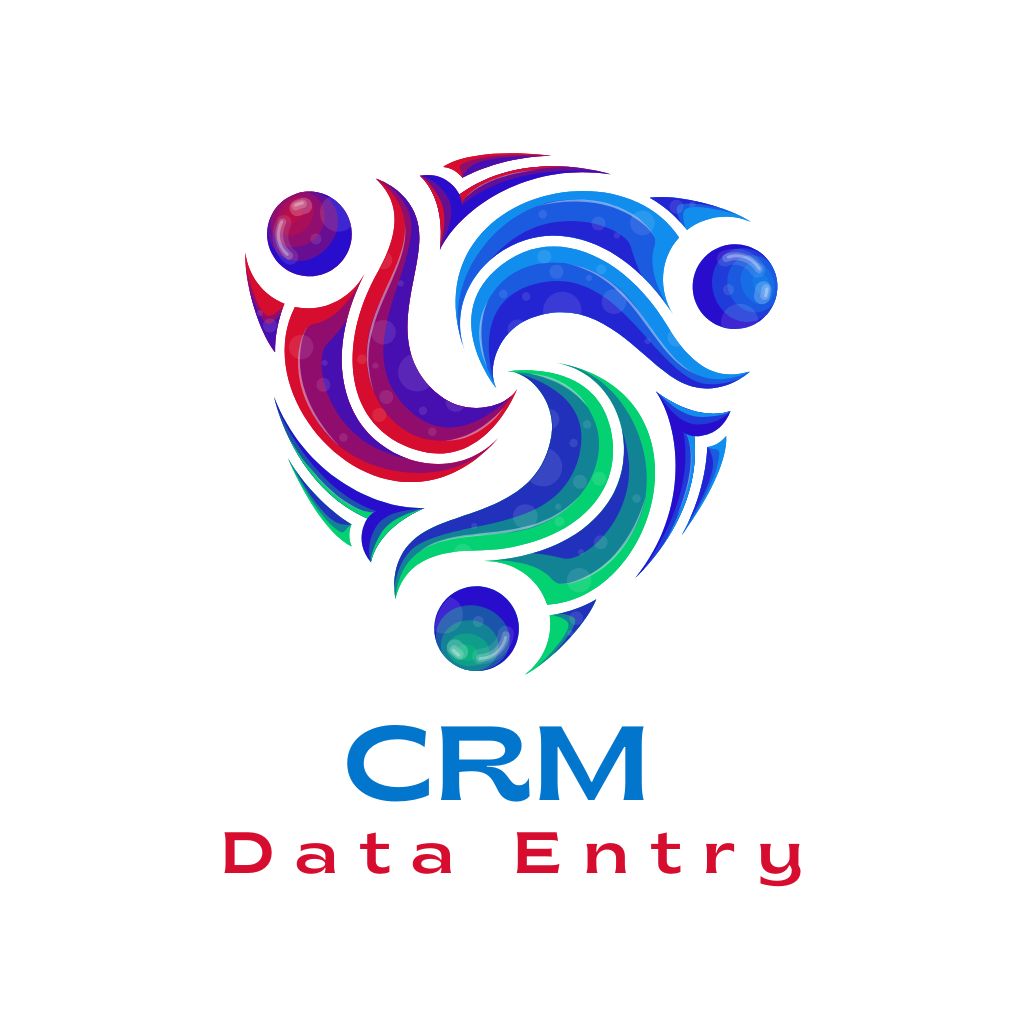
Introduction: The Lifeline of Sales Success
In today’s competitive business environment, data drives decisions. Accurate, up-to-date lead information is the lifeblood of every successful sales strategy. However, manually managing leads can be time-consuming, error-prone, and inefficient.
This is where Lead Data Entry Services come in. These services ensure that your sales teams have access to clean, organized, and actionable lead data, enabling them to focus on what truly matters — closing deals and building relationships.
In this article, we’ll explore the importance, benefits, strategies, and best practices of lead data entry services, demonstrating how they can transform your sales operations and business growth.
1. What Are Lead Data Entry Services?
Lead Data Entry Services involve capturing, organizing, and updating information about potential customers in a CRM or database system. This includes:
-
Contact details (names, emails, phone numbers)
-
Company information and industry details
-
Lead source and campaign data
-
Interaction history and communication notes
-
Qualification status and follow-up schedules
By outsourcing or streamlining these processes, businesses ensure that their sales pipelines are accurate, structured, and ready for action.
2. The Importance of Accurate Lead Data
Sales and marketing strategies rely heavily on high-quality lead data. Inaccurate or outdated information can lead to:
-
Missed opportunities and lost revenue
-
Wasted marketing efforts
-
Inefficient sales workflows
-
Frustration among team members
-
Poor customer experience
Conversely, accurate lead data empowers teams to make informed decisions, prioritize high-potential prospects, and close deals faster.
3. Key Benefits of Lead Data Entry Services
Investing in lead data entry services offers tangible benefits for businesses of all sizes:
a) Improved Data Accuracy
Professionals ensure that every lead is entered correctly, reducing errors and eliminating duplicates.
b) Increased Sales Efficiency
Sales reps can focus on outreach and relationship-building instead of manual data entry.
c) Better Targeting
Organized data enables more precise marketing campaigns and personalized communications.
d) Cost Savings
Outsourcing or using specialized services saves time and reduces operational costs.
e) Enhanced Reporting
Clean and structured lead data supports accurate forecasting, analytics, and decision-making.
4. Types of Lead Data Entry Services
Businesses can choose from several types of lead data entry solutions depending on their needs:
a) Manual Data Entry
Professionals manually input lead information into your CRM, ensuring accuracy and completeness.
b) Online Lead Capture
Automated forms, landing pages, and web integrations collect leads directly into your database.
c) CRM Integration
Synchronize lead data across platforms, allowing real-time updates and seamless workflow.
d) Data Verification and Cleaning
Regular audits and updates remove outdated contacts, duplicates, and invalid data.
e) Custom Lead Solutions
Tailored services that match your industry, campaign, and target audience requirements.
5. Best Practices for Effective Lead Data Entry
To maximize the value of lead data entry services, follow these best practices:
a) Define Your Lead Criteria
Identify what constitutes a high-quality lead, including demographics, industry, or behavior patterns.
b) Maintain Standardized Formats
Ensure consistent naming conventions, email formatting, and phone number standards.
c) Regularly Clean Your Data
Schedule audits to remove duplicates and update outdated information.
d) Use CRM Tools
Leverage CRM platforms like Salesforce, HubSpot, or Zoho to streamline data entry and management.
e) Implement Validation Checks
Ensure every field is accurate, complete, and validated before being added to the database.
f) Train Your Team
Educate employees on proper data entry techniques and the importance of data accuracy.
g) Automate When Possible
Use AI-driven tools and integrations to reduce manual errors and improve efficiency.
6. Common Challenges in Lead Data Entry
Even with expert services, lead data entry can face challenges such as:
-
High volume of incoming leads
-
Inconsistent source information
-
Human error in manual entry
-
Data decay over time
-
Misalignment between marketing and sales teams
These challenges can be mitigated by combining professional services, technology, and robust processes.
7. Tools and Technologies for Lead Data Entry
Modern lead data entry leverages a variety of tools to enhance efficiency and accuracy:
-
CRM Systems: Salesforce, HubSpot, Zoho CRM
-
Data Cleaning Tools: Dedupely, Data Ladder, WinPure
-
Automation Platforms: Zapier, Integromat, LeadsBridge
-
Lead Capture Software: OptinMonster, Unbounce, Typeform
-
Analytics Tools: Google Analytics, Power BI for reporting
Integrating these tools ensures your lead data is accurate, actionable, and ready for analysis.
8. Benefits of Outsourcing Lead Data Entry
Outsourcing lead data entry services to professionals or specialized agencies offers distinct advantages:
-
Expert Handling: Experienced professionals maintain high data quality.
-
Time Savings: Teams can focus on strategy, sales, and client relationships.
-
Scalability: Easily handle fluctuations in lead volume during campaigns.
-
Cost-Effectiveness: Avoid hiring and training in-house staff.
-
Data Security: Reputable providers ensure compliance with data privacy regulations.
9. How Lead Data Entry Drives Business Growth
Accurate lead data allows businesses to:
-
Prioritize high-value leads and opportunities
-
Personalize marketing campaigns for better engagement
-
Forecast sales and monitor performance with precision
-
Reduce operational inefficiencies and improve ROI
-
Build stronger, long-term relationships with clients
In essence, well-managed lead data is a competitive advantage that fuels sustained growth.
10. Final Thoughts
Lead Data Entry Services are not just an administrative task — they are a strategic component of business success. Accurate, organized, and actionable lead data empowers sales teams to focus on revenue-generating activities, optimize marketing campaigns, and strengthen customer relationships.
By investing in professional lead data entry services, leveraging modern tools, and implementing best practices, businesses can maximize efficiency, reduce errors, and drive long-term growth. In the age of data-driven decision-making, clean and precise lead data is your pathway to smarter strategies and higher conversions.
Read more > https://datahome.solutions/lead-data-entry-services-fueling-sales-growth-with-accuracy-and-efficiency/
#LeadDataEntry #SalesGrowth #CRMManagement #AccurateLeads #DataDrivenBusiness #MarketingEfficiency #BusinessGrowthSolutions

